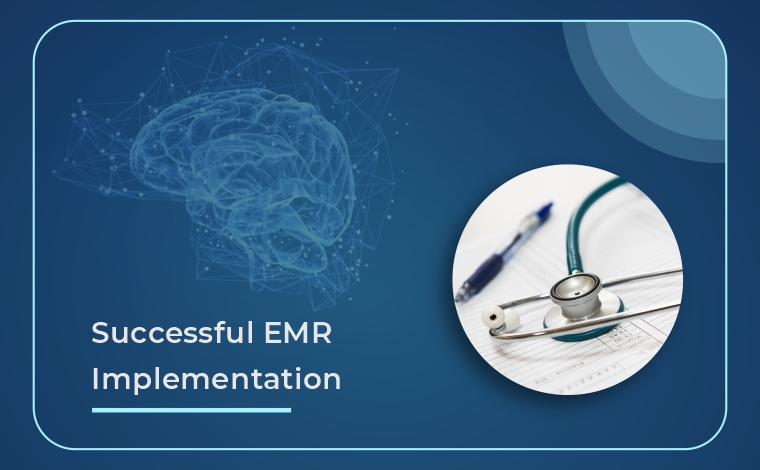


An Electronic Medical Record (EMR) is essentially a digital version of everything you’d find in a provider’s paper chart. This includes a patient’s medical history, diagnoses, medications, immunization dates, allergies, lab results, and doctors’ notes. EMRs serve as online medical records that compile essential clinical data from a single provider’s office, primarily utilized by healthcare professionals for diagnosis and treatment. Thorough and precise documentation of a patient’s medical history, tests, diagnoses, and treatments in EMRs is crucial for delivering appropriate care within a provider’s clinic.
EMRs represent more than just a replacement for traditional paper records; they facilitate communication and coordination among healthcare team members, enhancing patient care. The evolution of EMRs can be traced back to the 1960s when we began creating “problem-oriented” medical records, which were more detailed than merely listing diagnoses and treatments. This allowed for a more independent verification of diagnoses by third-party facilities. However, it’s essential to recognize that it’s impossible to create a system that meets 100% of individual needs; yet, a generic application will not suffice either. Identifying which components can be personalized and which can be universally effective is vital. Engaging staff for feedback and securing their support and commitment is key to ensuring that Electronic Health Records (EHR) meet everyone’s needs.
Collecting insights from stakeholders is crucial for identifying potential pitfalls in Electronic Health Records (EHR) implementation. This knowledge can then be used to formulate strategies for success. According to Delany and Nelson, “keep in mind that you are managing substantial volumes of data. Ensure sufficient storage capacity and optimize processing speed to access information swiftly.” They recommend conducting training for each procedural step and suggest multiple short training sessions to enhance learning retention. Starting with the basics and following a structured approach is important for ensuring the implementation is both accurate and efficient.
Different practices and hospitals have distinct needs regarding Electronic Health Records (EHR). Delany and Nelson emphasized that “what works well for hospitals might not translate successfully in medical practices.” Minimizing redundant data entry is essential; for instance, patient demographics should be entered once when the patient first enters the system and remain accessible across all modules and interfaces. Seeking help from someone with expertise in successfully implementing EHR systems can also make a significant difference. An individual who understands the specific workflow of a practice or hospital and is well-versed in EHR details can critically influence the outcome of the implementation.
By transitioning to electronic records, practices can save space previously used for paper records that need to be stored, managed, and retrieved. This shift optimizes workflow and increases the number of patients served daily while reducing administrative burdens and operational costs. EMRs can easily interface with hospitals, pharmacies, labs, and state health systems. They also allow for customizable and scalable solutions, enabling the collection and analysis of patient data to reach specific populations effectively. Additionally, EMRs provide clinical alerts and reminders, enhancing documentation and coding practices.